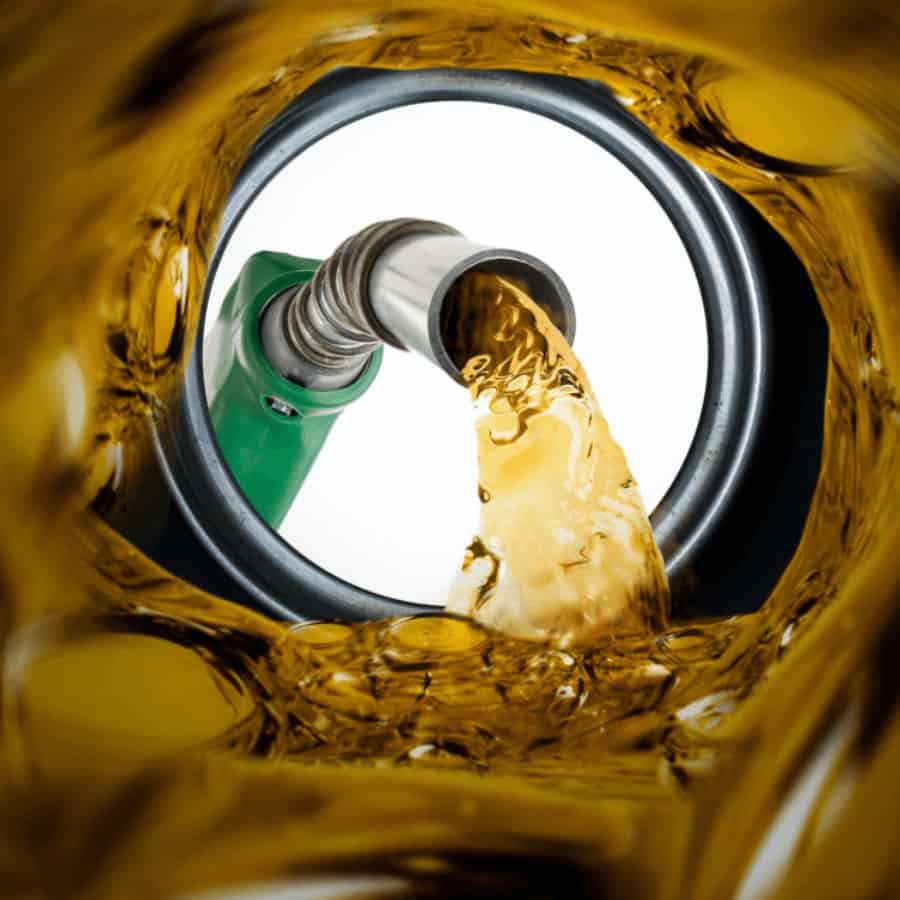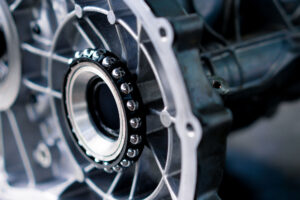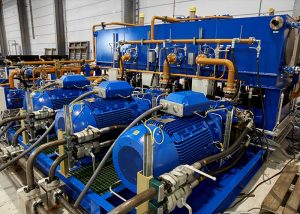Whether you own a generator set at home, maintain diesel-powered engines in a factory, or drive a commercial truck, you might be wondering, “how does water get into my diesel fuel tank?” and “how can I remove water in diesel storage tanks”.
While it is very convenient to attribute this problem to how the fuel is handled, many are usually shocked by the other reasons that are entirely out of our hands. By the time you get to the end of this piece, you will find out what is responsible for the anomaly, learn how best to tackle it and get the best out of your diesel engines.
The Challenge
Across the world today, people depend a lot on diesel to meet their energy needs. A large number of automobiles, marine vehicles, agricultural equipment, and countless industrial applications run on diesel fuel. That’s because diesel fuel delivers better fuel economy, high performance and great mileage, making it a cheaper and more efficient alternative.
Now that’s the good news. The not-so-good news is, diesel fuel is highly hygroscopic, meaning it readily absorbs or attracts water. The implication of this is that right from the manufacturing stage till it gets to you, diesel contains some element of water – whether it is in use or storage.
Fuel and water are a lethal combination. They come together in such a way that provides a comfortable home for bacteria to form a slime layer that can prevent fuel filters from working effectively. The acidic waste product from living bacteria can corrode and damage fuel system components, which in turn shortens the lifespan of engines.
Rust particles from steel and iron parts inside the tank are capable of clogging fuel filters and injectors. Apart from that, water passing through the fuel injectors will reduce the lubricating properties of the diesel fuel. The result is galling, premature wear, damaged injection tips, and further corrosion of sensitive fuel system mechanical components.

So, as the engine gradually degrades and drops in performance, additional operational costs are also incurred. These failures are not only extremely costly to fix, but they can also be dangerous. Each year, thousands of diesel engines are rendered redundant because of water.
The Solution
Fortunately, there is a simple hack for getting rid of water in diesel fuel systems. After years of research, extensive laboratory and field testing, a new technology for removing water from diesel fuel and keeping fuel tanks water-free has emerged.
Aquafighter is a water removal solution designed to capture and eliminate water directly in diesel tanks. Developed by DieselCare AS in Norway, it is ideal for diesel generators, trucks, boats, storage tanks of all sizes, construction and mining equipment and virtually any other accessible diesel tank. It is available in various sizes for tanks and can even be installed directly in vehicles like tractors or trucks.
Aquafigther has a simple methodology: Soon as it gets in contact with water in diesel fuel, it captures, isolates and neutralizes the water by soaking it up. This purifies the diesel in the tank by keeping the tank free of water accumulation, eliminates bacteria in the tank resulting in reduces fuel filter replacement and corrosion of tanks





